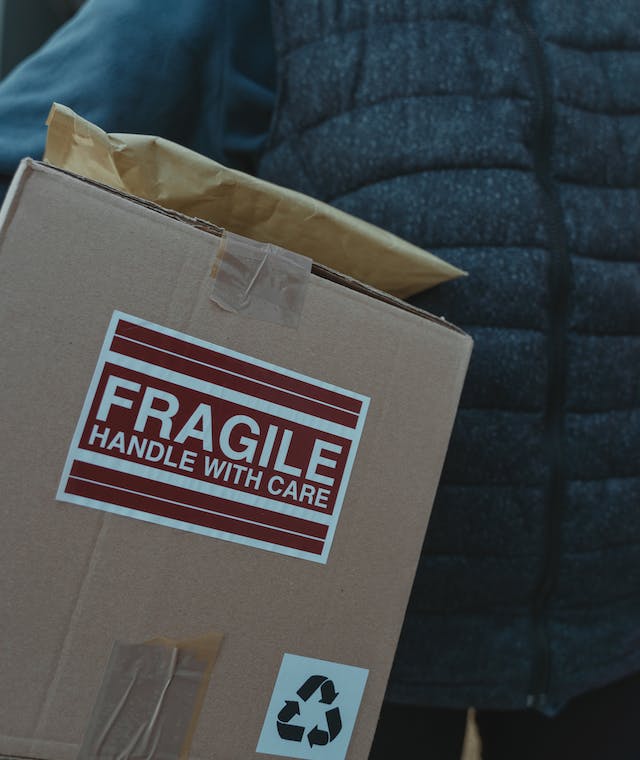Choosing green packaging for your products is not only an environmentally responsible decision but also a strategic advantage in today’s eco-conscious market. With the rising demand for sustainable products, selecting the right eco-friendly packaging can set your business apart and appeal to conscious consumers. Follow this effective 5-step guide to navigate the complexities of green packaging and ensure your product arrives safely while making a positive environmental impact.
1. Material Matters: Selecting Eco-Friendly Substances
The first and most crucial step in choosing sustainable packaging is selecting the right materials. Prioritize renewable, recyclable, or biodegradable options to reduce environmental impact. Popular choices include compostable plastics, recycled paper, and cardboard. Utilizing recycled materials significantly lowers your carbon footprint by consuming less energy during production. Additionally, packaging crafted from easily recyclable materials helps divert waste from landfills. It’s essential to select materials that meet your product’s practical requirements while aligning with your brand’s sustainability values. Explore innovative alternatives like mycelium-based mushroom packaging, which not only biodegrades naturally but also offers a unique and attractive aesthetic. The popularity of mycelium packaging continues to grow due to its eco-friendly and sustainable properties.
2. Design for Efficiency: Streamlining Packaging to Reduce Waste
Efficient packaging design is key to minimizing waste and optimizing resource use. Your packaging should be both functional and visually appealing. Reducing material usage in your design not only cuts costs but also benefits the environment. Consider designs that maximize space and allow flat packing during shipping to reduce the need for extra packaging. This approach supports a circular economy and lowers the carbon emissions associated with transportation. Embrace minimalist design principles focusing on simplicity and functionality. Minimalist packaging resonates well with eco-conscious consumers while presenting a clean, modern look. By eliminating unnecessary elements and emphasizing essential features, you contribute to a more sustainable packaging industry.
3. Local Sourcing: Reducing Carbon Footprint in the Supply Chain
Green packaging involves ethical sourcing alongside sustainable materials and design. Opt for local suppliers to decrease the carbon footprint caused by long-distance transportation. Partnering with local vendors enhances supply chain transparency and supports local economies. When global sourcing is necessary, prioritize suppliers adhering to sustainable and ethical standards. Consider locally abundant sustainable materials such as hemp or bamboo based on your region. These materials often offer stronger, more versatile, and environmentally friendly alternatives to conventional packaging. Using locally sourced packaging materials significantly reduces greenhouse gas emissions associated with shipping and supports community development.
4. Life Cycle Assessment: Understanding the Environmental Impact
To effectively assess the sustainability of your packaging, conduct a comprehensive life cycle assessment (LCA). This involves evaluating the environmental impact at every stage—from raw material extraction to manufacturing, transportation, use, and end-of-life disposal or recycling. Analyze energy and resource consumption throughout the process to identify improvement areas. A thorough LCA enables informed, environmentally responsible decisions about your packaging solutions. Employ emerging technologies such as blockchain to trace production processes, ensuring transparency and authenticity. Blockchain technology enhances supply chain visibility, allowing you to confidently communicate your packaging’s sustainability credentials to customers.
5. Educate and Engage: Empowering Consumers for Sustainable Choices
Your commitment to eco-friendly packaging should extend beyond materials and design to actively engaging and educating consumers. Clearly communicate the environmental benefits of your packaging on product labels and marketing materials. Promote proper recycling and disposal practices to ensure your sustainability efforts continue after purchase. Integrate QR codes on packaging that link to detailed information about its eco-friendly features and responsible handling. This transparency not only demonstrates your dedication to sustainability but also empowers consumers to make informed, responsible choices.
Conclusion
In summary, selecting green packaging requires a holistic strategy encompassing material selection, efficient design, local and ethical sourcing, life cycle analysis, and consumer education. By embedding sustainability into every stage of your packaging process, you contribute to a healthier planet and attract a growing base of environmentally conscious customers. Embrace these informed choices now to support the packaging industry’s transition toward a greener, more sustainable future.
Frequently Asked Questions (FAQs)
Renewable, recyclable, and biodegradable materials such as recycled paper, cardboard, compostable plastics, bamboo, hemp, and mycelium-based packaging are considered some of the most sustainable options.
Minimalist packaging reduces material waste by focusing on essential design elements, lowering production costs, and minimizing transportation space, which collectively reduce environmental impact.
Local sourcing reduces carbon emissions from transportation, supports local economies, encourages transparency, and often provides access to sustainable materials suited to the region.
A life cycle assessment evaluates the environmental impacts of packaging from raw material extraction to disposal. Conducting an LCA helps identify areas to improve sustainability and make informed packaging choices.
Use clear labeling, promotional materials, and digital tools like QR codes to share information about the packaging’s eco-friendly features and proper recycling or disposal methods, empowering consumers to make sustainable choices.



